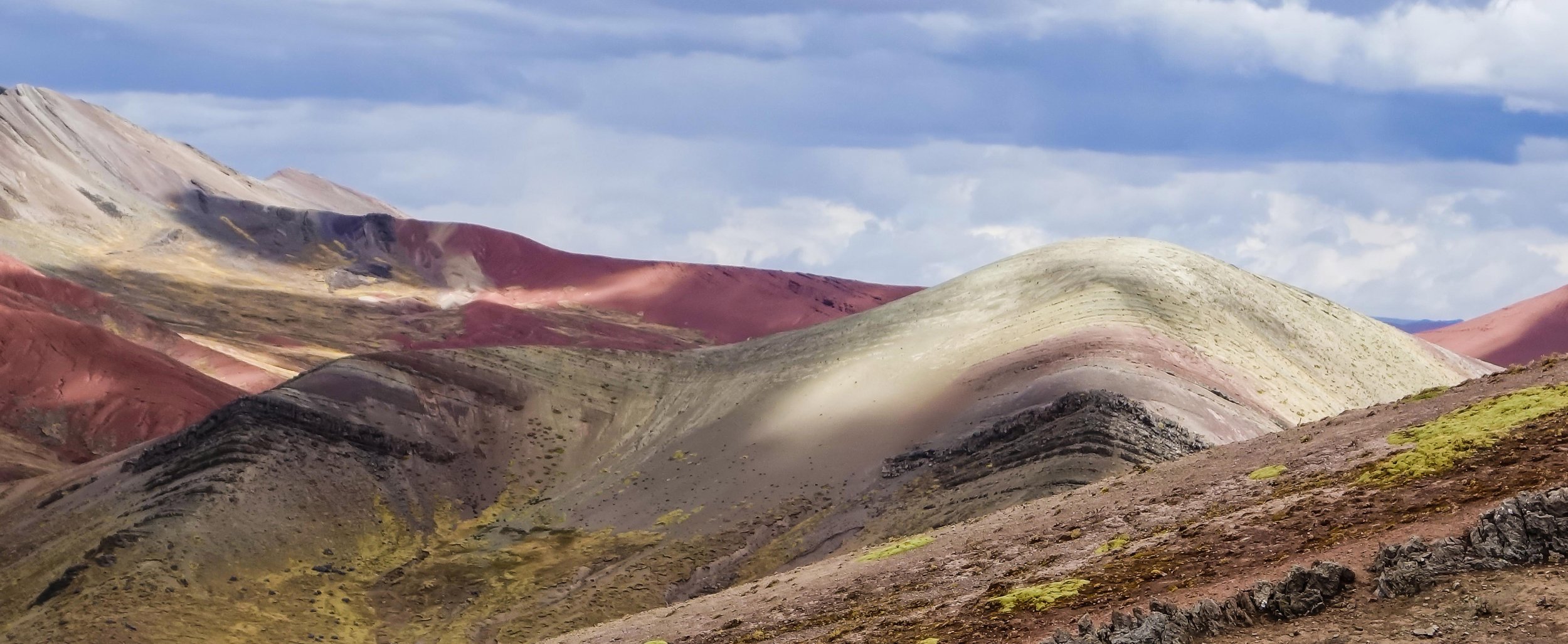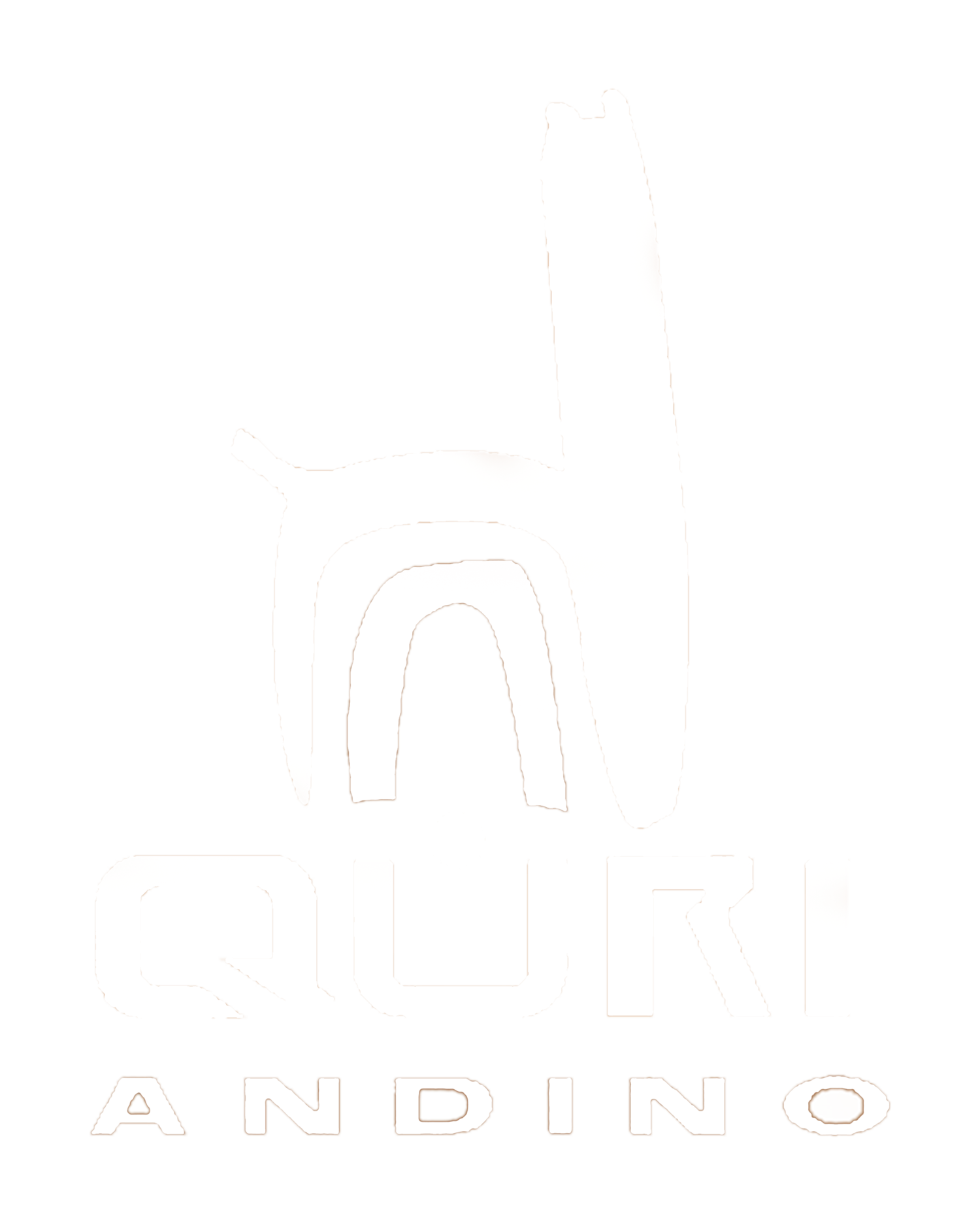
Alpaca, the jewel of our fibers
Alpacas provide one of the most durable and eco-friendly fibers in the world. Vastly popular for their soft texture and environmentally friendly qualities, our fabrics are made from the sheared wool of two breeds: the Suri alpaca and the Huacaya alpaca.
What makes alpaca fibers better?
People often compare alpaca with cashmere and sheep’s wool, as they have similar qualities. However, only one champion remains consistent in quality, strength and its unique beauty:
the alpaca fiber.
Here are some of the characteristics that set alpaca fibers apart from the others:

Our Fibers
BABY ALPACA
This camelid from the Southern Andes
has the widest color range in the world of textiles, over 30 variations of white, black, brown and gray.
From pre-Incan times to the present, the warmth and softness of their fleece has been key to the successful development of the Andean textile industry.
90% of alpacas bred in this region is the Huacaya, pictured here.
BABY SURI ALPACA
A domesticated member of the South American camelid family, the Baby Suri makes up a mere 10% of the world’s alpacas. Its slick, shiny fleece hangs from its body in long twisted strings or cylindrical locks that can be curly, twisted or straight. The fleece has a unique silken luster, and is prized for its superb softness and elegant drape.
ROYAL ALPACA
Expert craftsmen select fibers from both the Suri and Huacaya breeds to make superior textiles that are luxuriously soft and warm, with a magnificent tonal range. Combining ancient secrets with a modern technical process creates a rare and premium wool known as Royal Alpaca.
Silk
A natural fiber known for its luster, strength and durability, silk has been used in high fashion garments all over the world for over 4,000 years. Silk has earned its reputation as the epitome of style, a natural fiber with elegant and practical qualities such as a beautiful drape and a smooth, soft texture for a luxurious feel.
VICUÑA
At one time, noble wool spun from the golden hair of the Vicuna was worn only by the royal Incas. Now, very few artisans can collect fibers from these animals due to their rarity. All Vicuna live in the wild and though they are no longer considered endangered, they are still protected.
Today, Quri Andino garments made with this exclusive fiber come with a certificate of authenticity registered in the Vicuna and Guanaco National Register granted by the Agriculture Ministry of Perú.
COTTON
Peruvian pima cotton has the advantage of being produced in a land free of chemical fertilizers, pesticides, herbicides and defoliants Current organic standards do not allow the use of GMOs. Peruvian cotton, cultivated for more than 5,000 years, is considered to be one of the softest and finest in the world.
WOOL
Peruvian Highland wool comes from sheep that live in the Peruvian highlands at altitudes over 2,000m (6,500 feet) above sea level. Light and soft, yet with strong fibers hardier than merino, this durable wool is used to create garments that last many years, even if it becomes a favorite that’s worn all the time.







